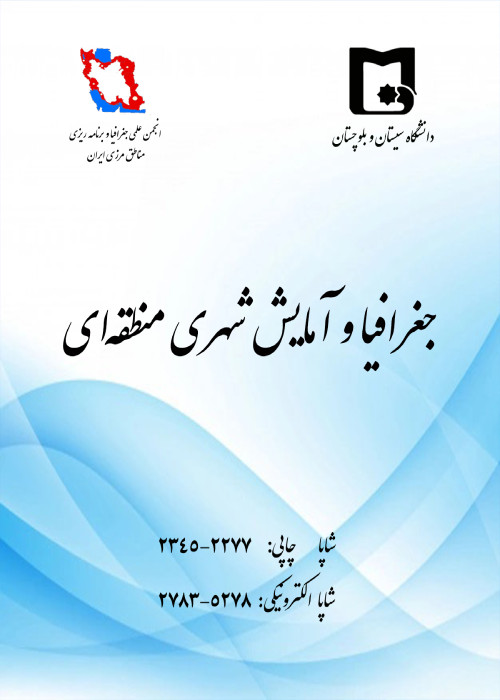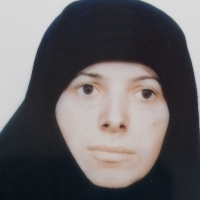Evaluating the Carbon Footprint From Personal Cars on Intercity Trips (Case Study: Central Part of Mazandaran)
In parallel with the change of urban systems from the inner-city level to the inter-city scale, one can expect that many of the issues that manifested themselves at the city level will arise today at the regional level. One of the most relevant issues in this regard is the change in the regional space organization and the patterns of movement and consequently the social costs of traveling by private car. One of the most important social costs is the cost of emitting greenhouse gases, especially carbon dioxide, as the most important greenhouse gas associated with human activity. Accordingly, the present article tries to clarify the consequences of negligence and neglect over time by calculating the carbon footprint and social costs caused by carbon in intercity travel in the Central Mazandaran region. The research methodology is based on the proposed method of IPCC and using the release factors of the Department of Environment, Nutrition and Rural Affairs of the United Kingdom. In addition, estimates of the world''s major banks, such as the Asian Development Bank and the World Bank, have been used to financially convert the social cost of carbon. Also, using the statistics of the Road Transport and Highways Organization, the amount of carbon dioxide emissions, its social costs and the amount of reducing carbon dioxide emissions by implementing policies such as launching transportation, light rail transportation system, high-speed bus system, replacing fuel and planting trees in intercity axes - Babylon - Ghaemshahr and Sari were calculated. The results of research in Central Mazandaran show that in 1387, 1392 and 1397, respectively, about 223, 270 and 365 thousand tons of carbon dioxide were produced from the movement of people and goods, the social cost of which can be estimated at about 12.5 to 18.6 million dollars. . Calculating the amount of carbon dioxide emissions shows the proposed scenarios in the region; Thus, replacing LRT with hybrid vehicles with gasoline vehicles, BRTs, and replacing gas-powered vehicles with gasoline-powered vehicles can have the greatest impact on reducing carbon and the resulting social costs. However, the use of complementary policies enhances their effectiveness. In addition, designing and planting trees on interurban axes and urban afforestation can complement the above options. However, none of the cities in the province will be able to finance the design, construction and commissioning of public transport infrastructure alone; Therefore, the synergy and cooperation of these cities is necessary to implement these policies.
- حق عضویت دریافتی صرف حمایت از نشریات عضو و نگهداری، تکمیل و توسعه مگیران میشود.
- پرداخت حق اشتراک و دانلود مقالات اجازه بازنشر آن در سایر رسانههای چاپی و دیجیتال را به کاربر نمیدهد.



